Our Special Collections Research and Support team are always happy to offer research tips and tricks for those exploring their family history and genealogy. In our second blog answering our most frequently asked family history questions, hear from Sarah, Rob, Matthew and Damian about finding information on births, deaths, addresses and property records.
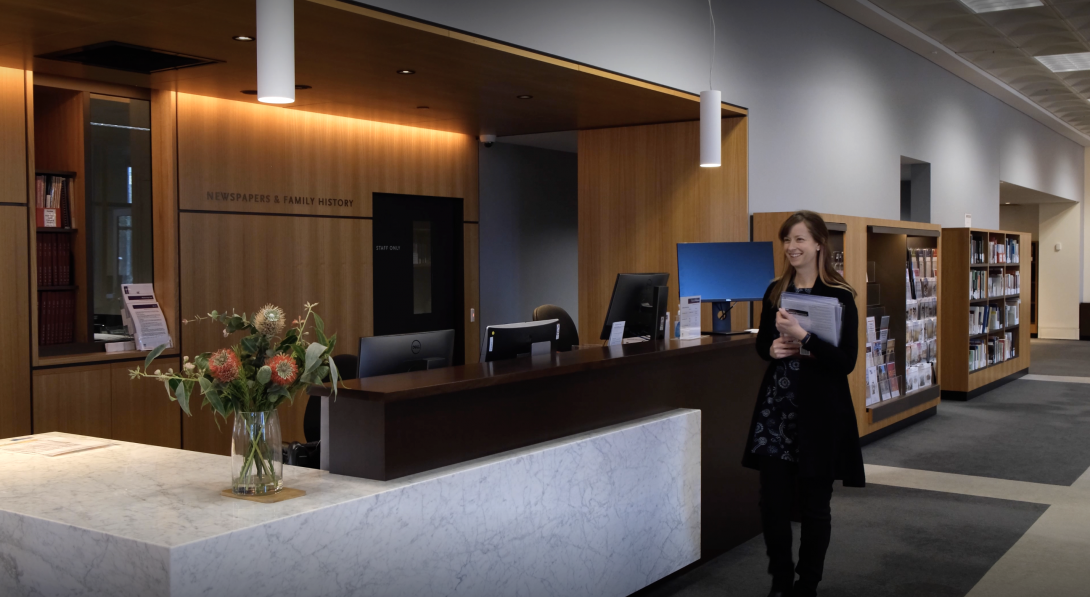
What time was I born?
People often take for granted that information about their birth, such as the time they were born or their weight, will be held in official records. Unfortunately, this information is not required for official records, so it can easily be lost in the sands of time.
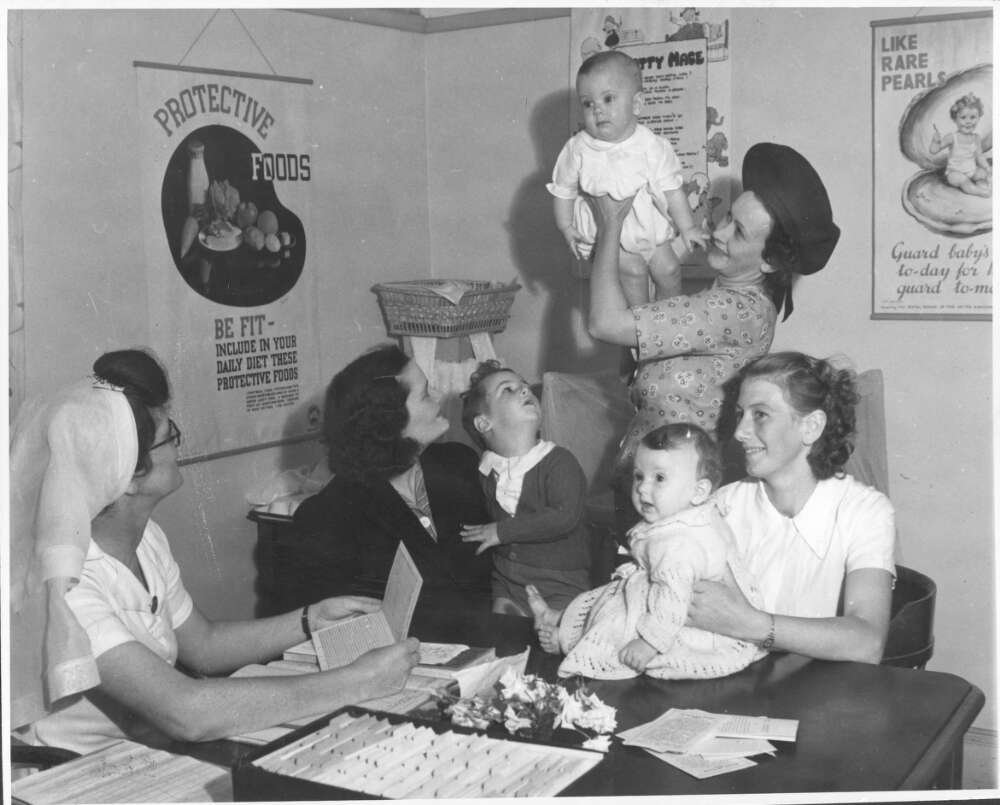
Birth certificates
Sarah has found that occasionally some surprising information is included on civil registers of birth, or birth certificates, but typically time of birth is not recorded on Australian birth certificates (though some other countries do note this information). These records are retained by the State or Territory Registry Office where the birth was registered.
If you would like to know what information is typically found on a civil register of birth, one of the best Australian resources is Graham Jaunay’s What you can expect to see on an historical Australian BDM certificate.
Hospital records
If you were born in a hospital, the hospital will retain the medical records with measurements and all other notes pertaining to the birth. You may wish to reach out to the hospital where you were born, however, hospitals are not required to retain these records indefinitely and it is not unusual for them to be disposed of after seven years.
There are occasions when some records may be retained longer term, for example if they belong to a church-led facility, or the archives of a hospital being closed. Those larger archives may be retained by the church administration or donated to state or territory libraries or archives. For example, the State Library of New South Wales holds St. Margaret's Hospital at Darlinghurst records. However, these are the exception rather than the rule.
Birth announcements
If parents have placed a birth announcement in the local newspaper - which was far more in fashion in decades past - then this might serve to confirm details of the place of birth and date. However, it is not unusual for these notices to be sparse and rarely did they include the time of birth. If you’re unsure if your parents published a birth announcement you can search in Australian newspapers held at the National Library.
Family records
Typically the best source of information is kept in the family. Parents may have retained medical booklets, or the baby's wrist or ankle tags from the hospital. Some hospitals began issuing parents of newborn bubs with cards containing information not found on the civil register as early as the 1920s, according to an article published in the Newcastle Sun. It is worth asking if there is a box somewhere with these kinds of treasures, perhaps with early school report cards, a first tooth or a lock from your first haircut!
If no such treasure box exists, you might need to look further afield to see if members of your wider family retained old letters and correspondence. It may be that there is one that was kept by an aunt or uncle which includes details of your birth.
How can I find out where someone lived in the late 19th and early 20th century?
If you’re looking for the residential address information of an ancestor and you’re unable to locate it within any of the electoral rolls,Rob recommends accessing post office directories as an alternative. Search our using the term ‘post office directory’ and select the relevant state or territory listed under the ‘Geographic’ filter option. Additionally, the online Family History Sources guide will provide a list of directories available to view in our reading rooms. catalogue using the term ‘post office directory’ and select the relevant state or territory listed under the ‘Geographic’ filter option. Additionally, our online Family History Sources guide will provide a list of directories available to view in our reading rooms.
Trove is another great resource to uncover digitised volumes of the post office directory you're after or to discover if it is held by a library closer to you.
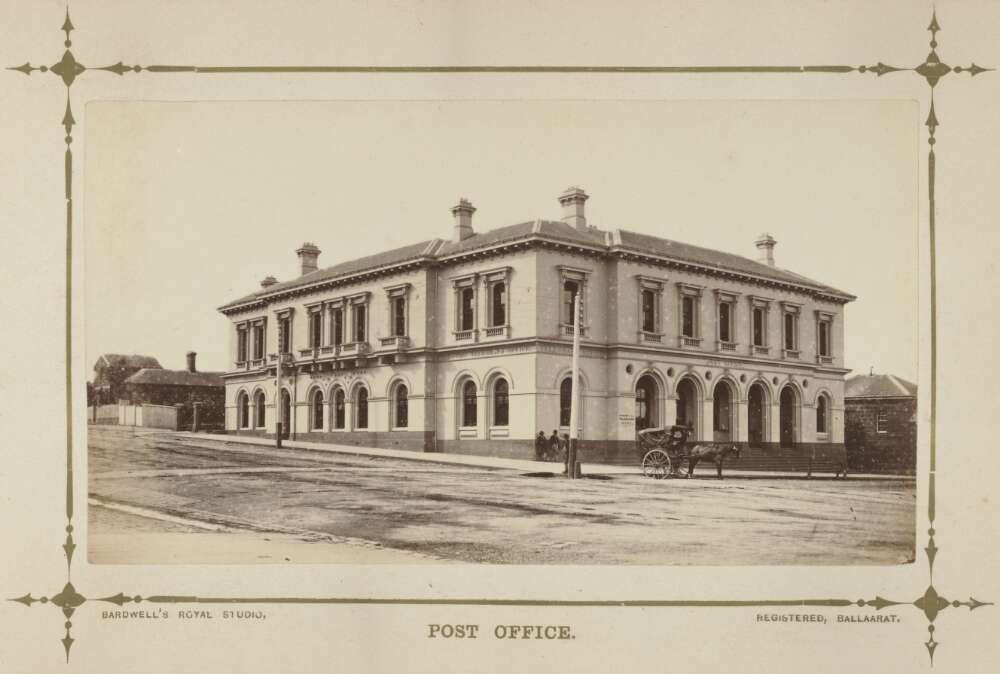
Post office directories can be organised by family name, alphabetical order for the state, and/or town/suburb/street. Other information that these directories may contain are lists of businesses, firms, institutions, and tradespeople, with separate sections for ecclesiastical, legal, and medical professionals.
The post office directories that are available online are:
- Victorian Sands and McDougall directories – 1860 - 1974
- Sands and Kenny’s Melbourne Directories – 1857 - 1861
- NSW Sands Postal Directory – 1858 - 1932
- New South Wales post office directory – 1886 - 1908
- Wise’s New South Wales post office directory - 1909 - 1950
- Wise’s Tasmanian Post Office Directory – 1890 – 1948
- South Australia postal directories – 1864 - 1973
- Western Australia Post office directories – 1893 - 1949

How can I find out about my ancestor’s inquest record?
General death certificates are the first place to look when researching an ancestor's death. However, Matthew notes that if there was an investigation into their death, more information can be found in inquest records and police gazettes.
Inquest records
An inquest occurs when someone has died from unnatural causes or in suspicious circumstances. It is a legal proceeding before a coroner to establish facts about the manner of death. Inquests can also be held for a person who died in a fire, or for missing person. The associated records of the inquest can contain details such as full name, age, place of death, how the death occurred and if death was the result of a criminal offence. The coroner may also name any persons of interest and initiate criminal proceedings.
Inquest papers are kept by state or territory government archives and you may also be able to view online indexes or digitised records on their websites. Historical inquest reports may also be found in Trove, as they were often published in newspapers.
Police gazettes
Police gazettes as another potential source of information about an ancestor’s death. They can contain details about people’s deaths, individuals who were arrested, or warrants issued for their arrest, missing persons, and descriptions of incidents or accidents.
These gazettes are arranged by the relevant state or territory and some are available online. The New South Wales Police Gazette (1860-1930) is available through Trove, and Queensland Police Gazettes (1864-1945) are available from the Queensland State Archives. Hard copy issues for most states and territories are held in their respective archives offices and libraries.
Family history online subscription databases such as Ancestry and Findmypast also hold some inquest and police gazette records. These databases are available at the National Library of Australia, as well as state and local libraries.
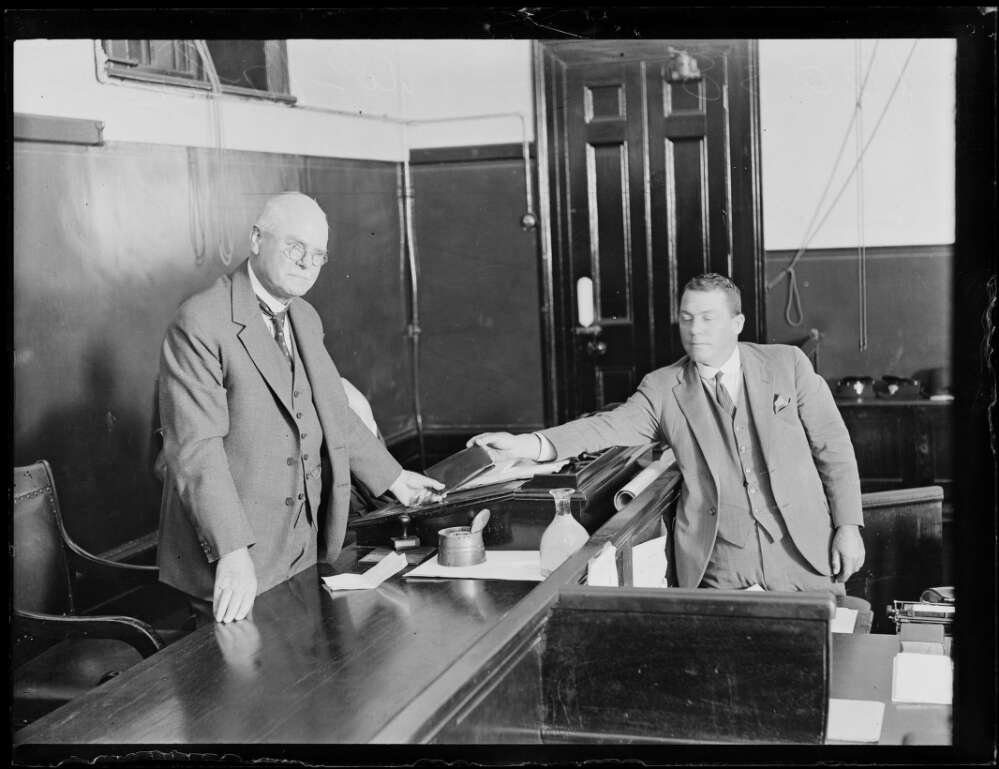
What are cadastral maps and why are they good for family history?
Cadastral maps show land title details and ownership boundaries. The word comes from the French cadastre which means a register of land ownership, boundaries and values.
Damian says they’re a great resource for family history research as they can show what land your ancestors owned, where properties were and what they were named, and how they’ve changed over time. They’re like an index to land ownership with basic information on them such as a title holder names, area of the land, and land grant or lease dates. Most importantly they give reference numbers for that parcel of land that you can then take to a state or territory land titles office and find out the full history of the ownership.
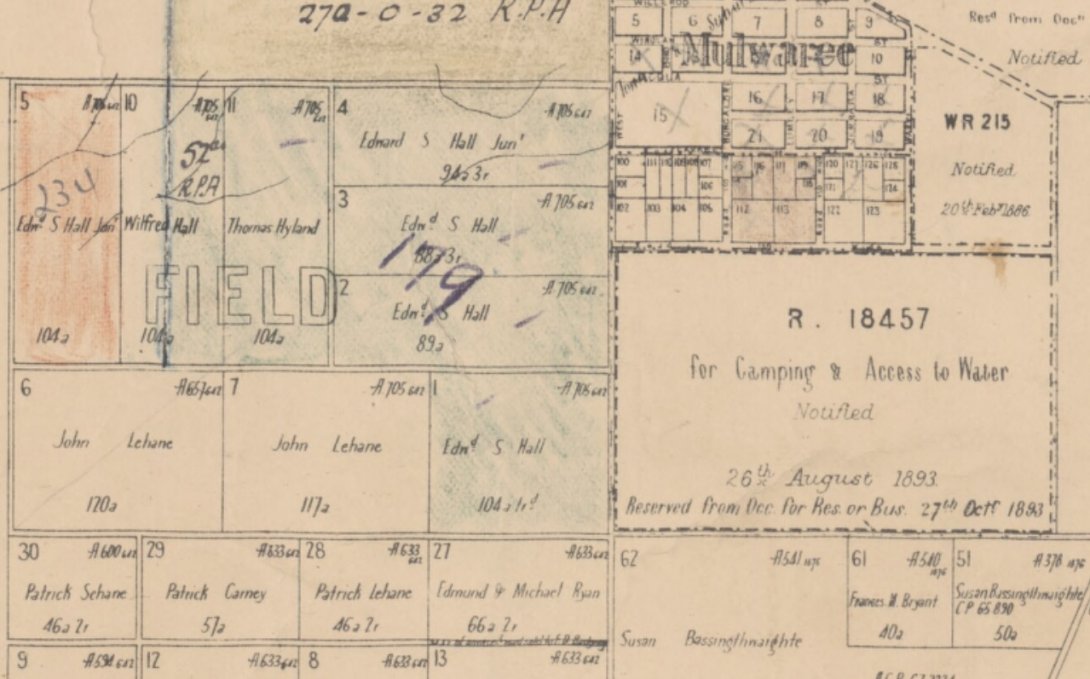
How these maps were made and the information on them varies between the states and territories. So, the first step is, be sure what state or territory you are looking at.
For example, New South Wales, Victoria and Queensland arrange their cadastral mapping by county, and within each county by a number of civil parishes. Because of this they’re often called “parish maps”. In South Australia the subdivision of a county is called a hundred, while Tasmania uses a series of numbered sections within a county.
You can use a gazetteer – a listing of place names – to locate what county and cadastral subdivision your location of interest is in. Some historical gazetteers are online such as Alphabetical list of place names in NSW by E.C.Gleeson and Bailliere's Tasmanian gazetteer and road guide, while the National Library as well as state and territory libraries will have print gazetteers available.
The National Library has an extensive collection of cadastral maps for all Australian states and territories from the 19th and 20th centuries, with many maps digitised and viewable online. State and territory libraries also have extensive cadastral map collections going back to the early land grants in those colonies.
With the name of the county, parish, property or just the nearest town search our online catalogue to see what maps we hold, or search Trove to see what other libraries and archives around the country have.
Your journey of research with cadastral maps may need some navigation, so see our Australian maps for family historians research guide for more information.
We hope these tips from our Special Collections Research & Support team have been helpful. If you haven’t already, check out our first blog answering common family history questions to learn about birth certificates, First Nations family history, electoral rolls, and cemetery records.
Have a question we haven’t answered in these blogs? You can submit your question through our Ask a Librarian service and one of our friendly librarians will be happy to help.